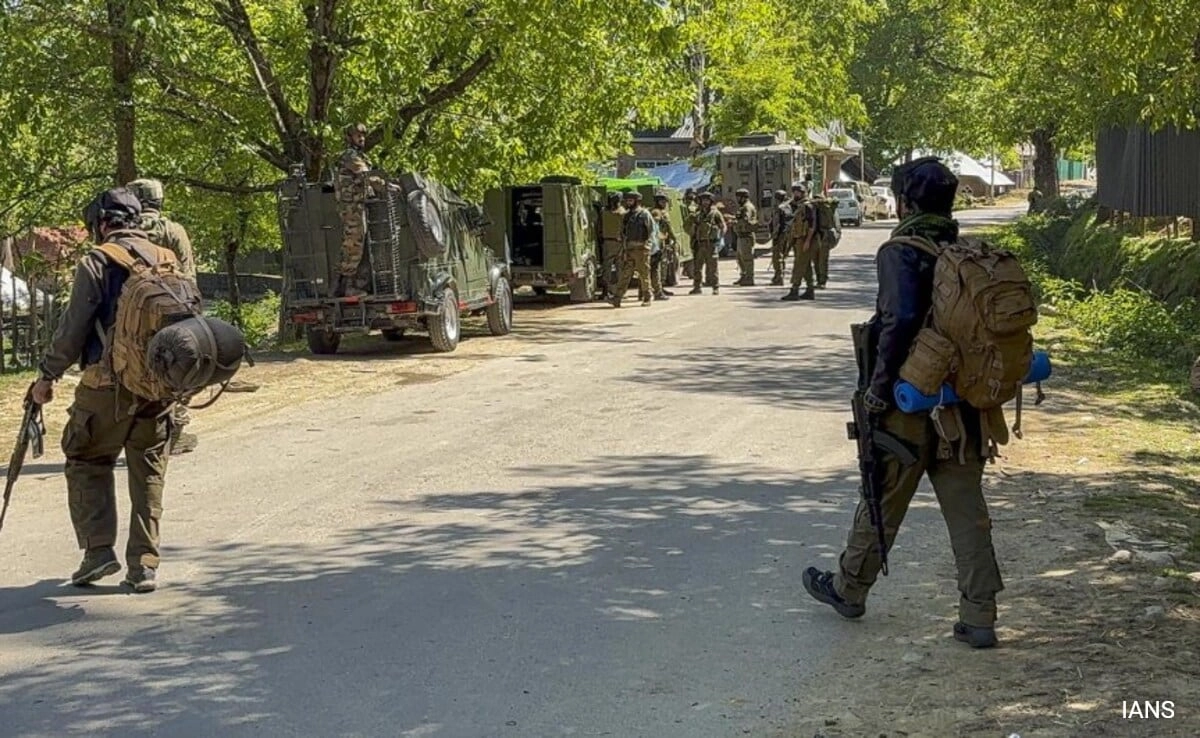Heavy rainfall in Hyderabad has led to significant waterlogging and traffic congestion across various parts of the city. The sudden downpour, which was unexpected for many residents, resulted in streets becoming inundated, causing a myriad of disruptions for commuters and local businesses alike. Areas that are typically prone to flooding experienced the worst of the conditions, with water levels rising rapidly and affecting accessibility. The rain not only created hazardous driving conditions but also led to the blocking of roads, further exacerbating the traffic situation.
Motorists found themselves stuck in long queues as vehicles struggled to navigate through the flooded streets. Public transportation services were also impacted, with buses and auto-rickshaws unable to provide reliable service in the face of rising water levels. Commuters reported delays and cancellations, forcing many to seek alternative means of travel. Local authorities were quick to respond, deploying emergency crews to clear drainage systems and address areas most affected by the waterlogging. Despite these efforts, the sheer volume of rainfall overwhelmed existing infrastructure, highlighting the need for improved urban planning to manage such weather events more effectively in the future.
Residents took to social media to share their experiences, with many posting images and videos of the inundated streets. The community’s frustration was palpable, as many expressed concerns about the implications of frequent heavy rains and the city’s preparedness for extreme weather events. The situation has ignited conversations about climate resilience and urban development, prompting calls for better drainage systems, improved road conditions, and proactive measures to mitigate the impacts of heavy rainfall. As the city grapples with these challenges, it serves as a reminder of the importance of adapting infrastructure to accommodate changing weather patterns.




